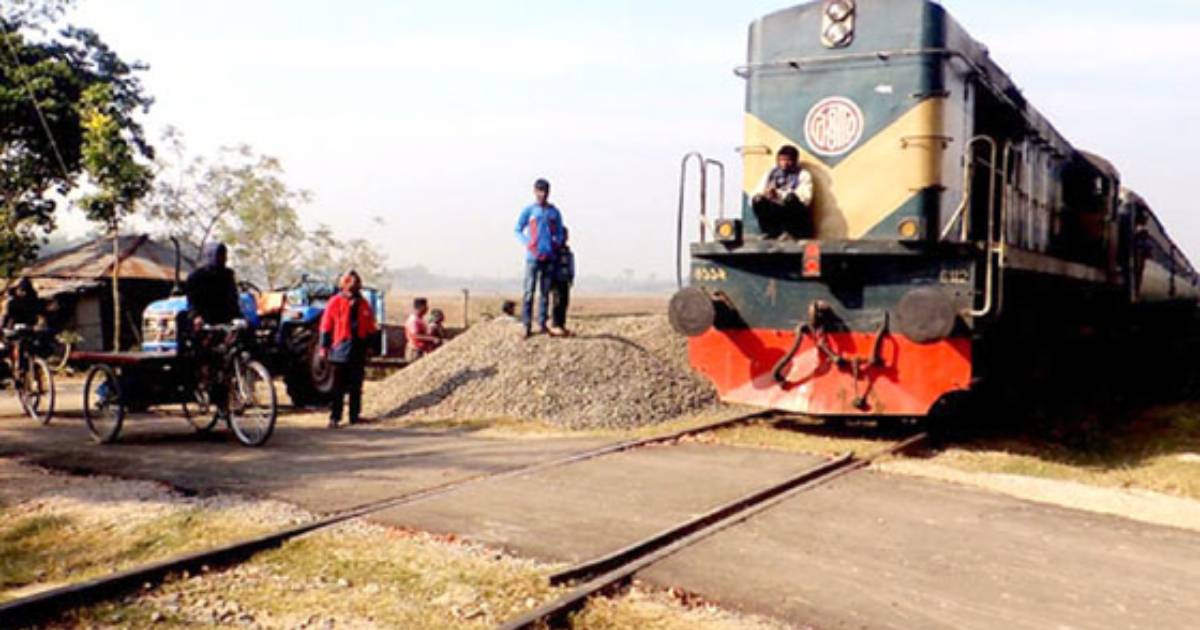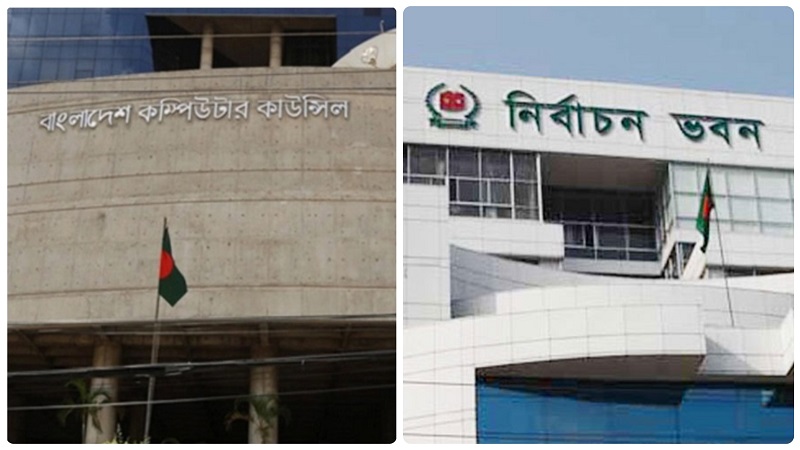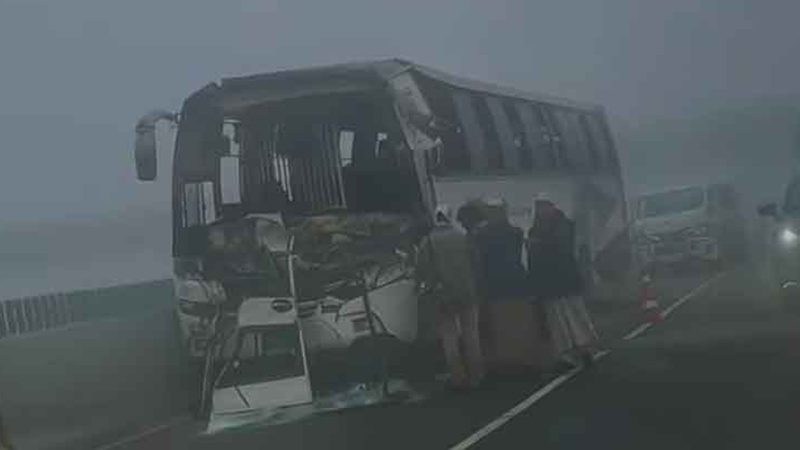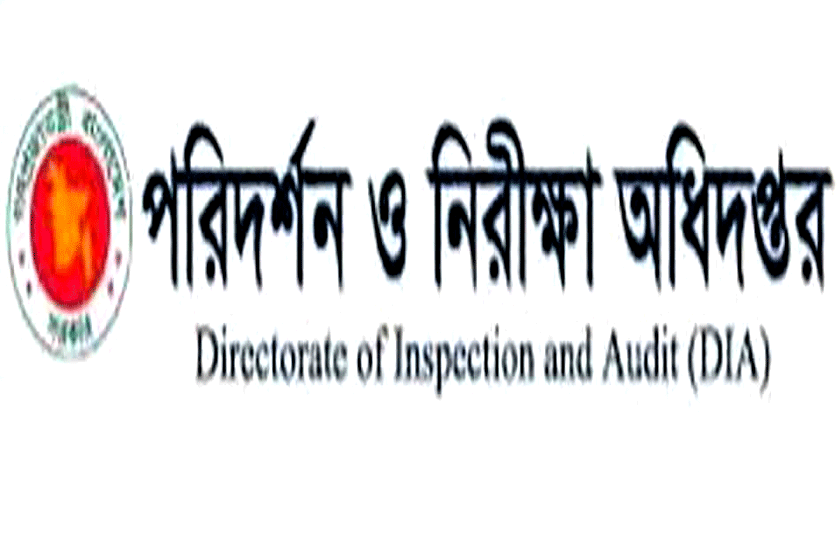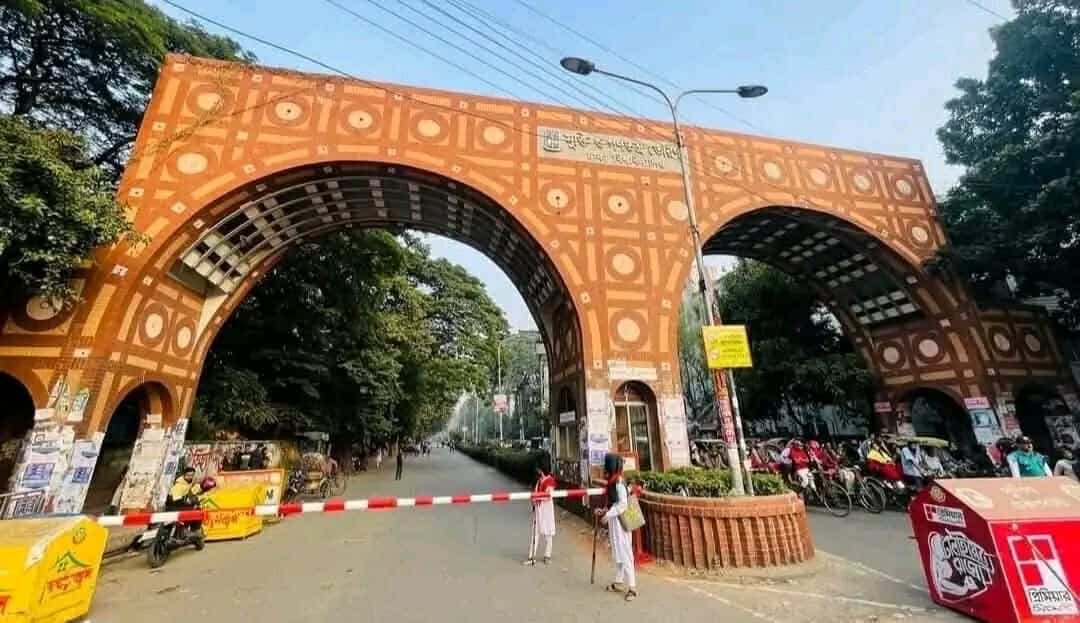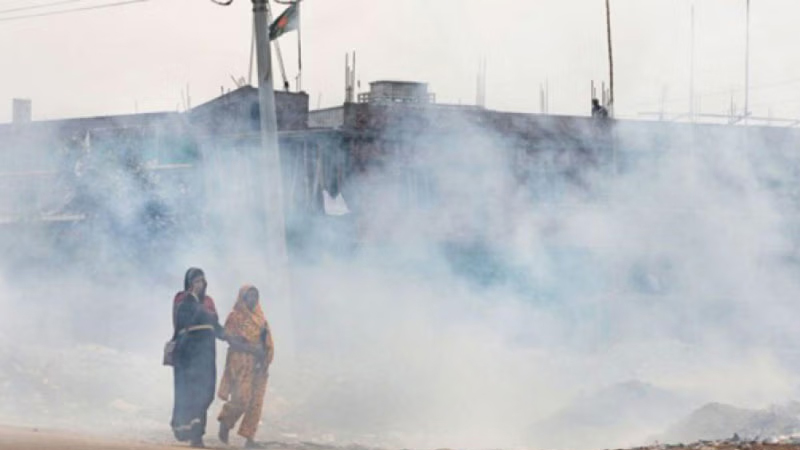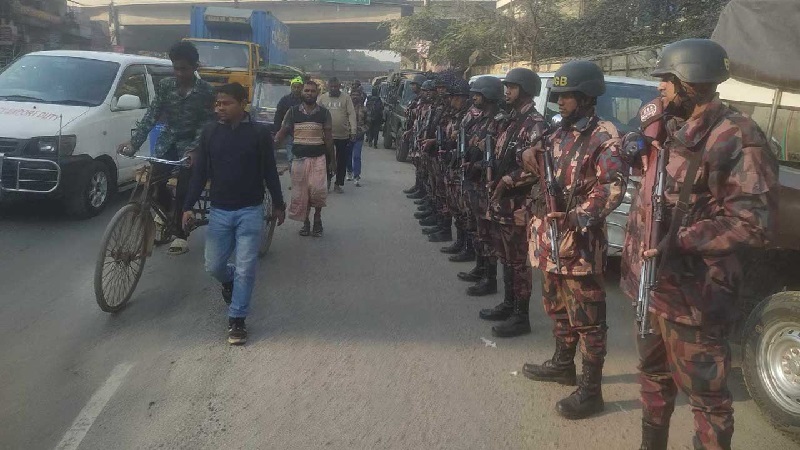Fatal accidents at level crossings have continued, prompting experts to ask the authorities to conduct a safety audit and introduce automation at all such crossings.
The safety audit would identify the safety problems at the crossings and the automatic gates would get rid of the human errors and reduce the waste of public money, they said.
Between January and November this year, 127 people were killed and 31 injured in 125 train accidents, showed a research based on newspaper reports by the Accident Research Institute at Bangladesh University of Engineering and Technology in the capital.
Of the casualties, 24 people were killed and 23 injured in 19 accidents at level crossings.
In the latest incident, at least 12 people were killed and eight injured after a bus was hit by a passenger train on the Puranapoil level crossing in Jaipurhat Sadar upazila on Saturday.
A Bangladesh Railway probe committee found that the level-crossing gateman was sleeping and the gate was open at the time of the accident.
BR director general Md Shamsuzzaman said that they had already sent two proposals to the railway ministry for upgrading the unmanned level crossings under the east and west zones.
They have proposed to automate these crossings, he added.
During 2019, 47 were killed and 60 injured in 35 level-crossing accidents while 246 were killed and 472 injured in total 228 train accidents.
Accident Research Institute director Professor Md Hadiuzzaman told New Age on Monday that a large number of level crossings in the country were unauthorised and unmanned.
‘The Railway authorities first need to conduct a safety audit at all the level crossings to detect the problems as the number of accidents at the crossings is increasing,’ he said.
There are 2,668 level crossings across the country, among which 1,200 are authorised and only 21.13 per cent of the total crossings are manned.
Hadiuzzaman further said that the authorities should also go for automation of the level crossings as human errors would remain a common problem.
‘Today or tomorrow we will have to shift to a digital system and therefore the government should not waste money now by appointing manpower for crossings,’ he said.
If the Railway, the expert went on, introduces bullet trains as per its plan the existing system would increase the number of level-crossing accidents.
More light on locomotives would enhance the visibility, which can reduce accidents at the level crossings by 25 to 30 per cent, he continued.
The professor also recommended that there should be at least three speed breakers, along with lights, on each side of the crossings so that people could be aware of the movement of trains.
Passenger Welfare Association of Bangladesh secretary general Md Mozammel Hoque Chowdhury noted that the Railway still operated the crossings using gatemen.
The overworked staff have naturally lost their interest to continue duty properly while a digitised system can prevent accidents, he added.
Among the authorised level crossings under the Railway, only 564 or about 38 per cent are manned while no unauthorised level crossing is manned.
Under the east zone of the Bangladesh Railway, which comprises the Dhaka and Chattogram railway divisions, 80.32 per cent of the level crossings are unmanned and 65.14 per cent unauthorised.
At 245 manned crossings, currently 817 temporary gatemen work while each major crossing, locally known as rail gate, needs up to eight staff to operate.
Under the west zone, which comprises the Paksey and Lalmonirhat divisions, 77.58 per cent of the level crossings are unmanned and 27.33 per cent unauthorised.
At 319 manned crossings, currently 97 permanent and 629 temporary staff work, with 92 permanent posts and 222 temporary posts remaining vacant.


